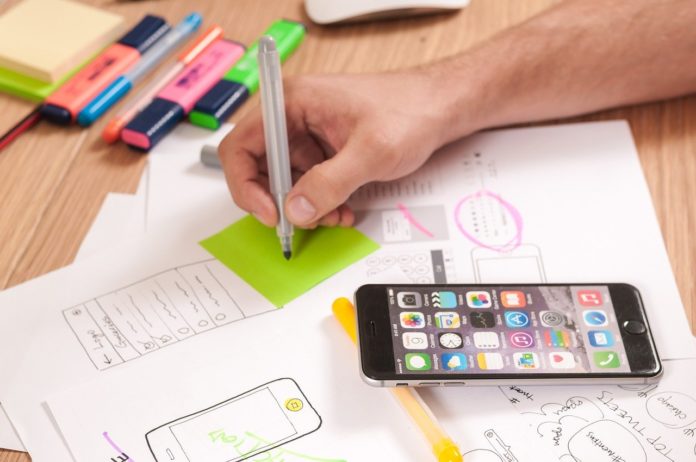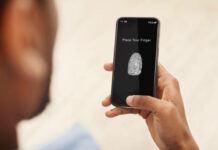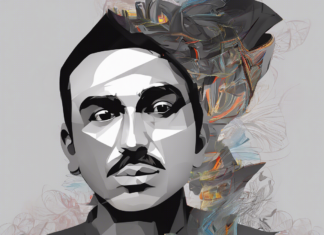Since the demand for mobile applications has become never-ending, it has opened the doors of various opportunities for developers. Every company is now in process to introduce a mobile app product and remain in search of highly skilled designers and developers. When it comes to developing a high-end mobile application, certain elements need major attention.
One of them is a product discovery session that is often overlooked by most of the companies. It is an important aspect of mobile app development that helps in exploring the features and functionalities of the mobile application. Companies often emphasize the usability of mobile applications but ignore the fact that the design and discovery process is the one to make app design effective.
The mobile app design and discovery process make sure the product is usable and useful. Have a look at the step-by-step guide to know how mobile app design and discovery sessions should be performed.
- Product Strategy
The first step in design and discovery process flow is forming a product strategy. It involves the understanding of the client’s requirements and all expectations related to the mobile app product. It helps in developing a proper product strategy that teams can adopt to build a high-quality mobile application. Strategic empathy helps teams to think out of the box and come up with unique and innovative ideas.
They recognize that users may have their assumptions and individual needs that need to be fulfilled through the mobile app. Adopting a user’s perspective allows teams to think like a potential user and develop the app according to the customer needs. While developing product strategy, focus on important steps like the goal of mobile product, business case the product serves, problems product solves, and target audience’s needs. Using product strategy, produce deliverables like project timeline, product vision statement, and user personas.
- Product Definition
In the product definition phase of design and discovery, product teams generate and prioritize the core features of MVP. Existing mobile apps also go through this phase as it revisits the features to make sure all of them are aligned according to customer needs. Start the process by creating a list of important features, organize them, and cut a few off to keep only the useful ones. Use different methods to prioritize the features and determine which are mandatory for your mobile app.
Know which should come first and which in last, eliminating some of them. Features that don’t come in the success criteria of the mobile product don’t necessarily put them in the first mobile app version. Product definition helps the team to create high-quality product features, identify apparent features, combine multiple perspectives and strengths. It helps in delivering a list of prioritized features along with user journeys.
- Visualization
The third stage in the design and discovery process is a visualization that details about the user interface design. It focuses on creating a visual solution for the UX design of mobile app products. The visualization phase involves several steps that define the visual representation of the finalized user journey and captures value in the UI/UX design of the product. This phase produces product wireframes that help in defining information architecture, reducing rework and revisions.
Wireframing also encourages the feedback of clients and stakeholders. The design and discovery process provides wireframed maps showing how all the features are combined to create the user experience. It outlines how the user will move or navigate through the entire mobile app. Wireframing is a crucial step and shouldn’t be skipped jumping right into the prototyping. Wireframes provide the basic layout or the structural guideline for the mobile app, whereas prototypes give more visual detail with advanced representation.
- Presentation
The final phase of the design and discovery process is the presentation of mobile app products. In this step, all deliverables come together creating a prototype for the mobile application. Prototyping is an important step that receives the acceptance from the clients and is then processed to the application development company. It gives enough time to incorporate any changes into the critical design of the app before it reaches the development phase.
Prototyping makes sure that the design is according to the requirements and needs of customers, containing necessary functionality. It allows the team to solve any design issue at the early stage so that it doesn’t be too late to make any major changes to the UX design. It helps the product team understand how users will interact with the application creating a rough draft of the product. It uncovers new solutions and determines whether the existing solution is effective.
Conclusion
A design and discovery process is one of the most important phases of mobile application development. It helps businesses to determine the purpose of mobile application, define outcomes, identify market viability, create user personas and communicate product’s concept. It creates a scalable product roadmap and also prioritizes it along with identifying the most useful features of mobile applications. Mobile app design and discovery helps the product to enter the market quickly with a massive launch containing all necessary research and functionalities.









